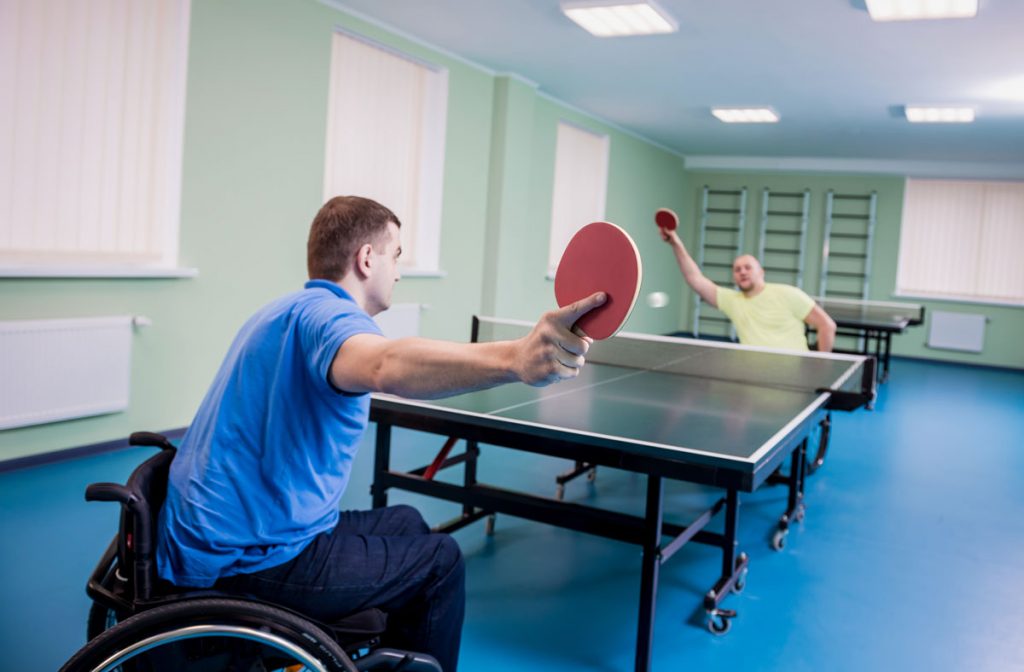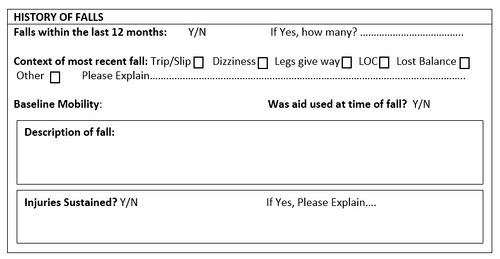How Dementia Fall Risk can Save You Time, Stress, and Money.
Some Known Facts About Dementia Fall Risk.
Table of ContentsWhat Does Dementia Fall Risk Do?Some Known Details About Dementia Fall Risk About Dementia Fall RiskEverything about Dementia Fall Risk
A fall risk evaluation checks to see how likely it is that you will certainly fall. It is primarily provided for older grownups. The evaluation normally consists of: This consists of a collection of concerns about your overall health and wellness and if you've had previous drops or troubles with balance, standing, and/or walking. These devices test your toughness, balance, and gait (the way you stroll).Interventions are suggestions that may lower your risk of dropping. STEADI consists of three actions: you for your threat of dropping for your threat factors that can be improved to attempt to stop drops (for instance, equilibrium troubles, impaired vision) to minimize your risk of falling by making use of reliable strategies (for example, supplying education and learning and sources), you may be asked several concerns including: Have you fallen in the previous year? Are you worried regarding falling?
Then you'll take a seat once more. Your supplier will inspect exactly how long it takes you to do this. If it takes you 12 secs or even more, it may indicate you go to higher risk for a loss. This examination checks strength and balance. You'll being in a chair with your arms crossed over your upper body.
The placements will certainly get more difficult as you go. Stand with your feet side-by-side. Relocate one foot midway forward, so the instep is touching the big toe of your various other foot. Move one foot fully before the various other, so the toes are touching the heel of your other foot.
Dementia Fall Risk Things To Know Before You Buy
Many drops happen as an outcome of multiple contributing elements; consequently, managing the danger of falling begins with determining the elements that contribute to drop risk - Dementia Fall Risk. Several of one of the most relevant threat variables consist of: History of prior fallsChronic clinical conditionsAcute illnessImpaired gait and equilibrium, lower extremity weaknessCognitive impairmentChanges in visionCertain high-risk drugs and polypharmacyEnvironmental variables can additionally enhance the danger for drops, consisting of: Poor lightingUneven or harmed flooringWet or unsafe floorsMissing or damaged hand rails and order barsDamaged or poorly equipped devices, such as beds, mobility devices, or walkersImproper use assistive devicesInadequate supervision of the individuals staying in the NF, consisting of those who show hostile behaviorsA effective autumn risk management program calls for a thorough clinical analysis, with input from all members of the interdisciplinary team

The treatment plan should also consist of treatments that are system-based, such as those that advertise a secure environment (ideal illumination, handrails, get bars, etc). The efficiency of the treatments ought to be evaluated periodically, and the treatment plan changed as needed to show changes in the loss danger assessment. Carrying out an autumn danger monitoring system making use of evidence-based best practice can lower the prevalence of drops in the NF, while limiting the possibility for fall-related injuries.
How Dementia Fall Risk can Save You Time, Stress, and Money.
The AGS/BGS standard recommends screening all grownups aged 65 years and older for fall danger each year. official source This testing contains asking people whether they have actually fallen 2 or more times in the previous year or sought medical interest for an autumn, or, if they have not dropped, whether they really feel unstable when strolling.
People who have fallen when without injury must have their equilibrium and stride evaluated; those with gait or equilibrium irregularities must get extra analysis. A background of 1 fall without injury and without gait or equilibrium problems does not require more analysis past ongoing yearly loss risk screening. Dementia Fall Risk. A fall risk analysis is called for as component of the Welcome to Medicare evaluation

The Ultimate Guide To Dementia Fall Risk
Documenting a falls background is one of the quality indications for loss avoidance and administration. Psychoactive medicines in particular are independent forecasters of drops.
Postural hypotension can often be relieved by decreasing the dose of blood pressurelowering medications and/or stopping drugs that have orthostatic hypotension as a side result. Use above-the-knee support pipe and sleeping with the head of Your Domain Name the bed raised might also minimize postural decreases in high blood pressure. The advisable elements of a fall-focused physical exam are revealed in Box 1.

A TUG time more than or equivalent to 12 secs recommends high fall risk. The 30-Second Chair Stand test examines lower extremity toughness and equilibrium. Being not able to stand from a chair of knee elevation without utilizing one's arms indicates boosted fall risk. The 4-Stage Equilibrium test evaluates static equilibrium by having the patient stand in 4 positions, each gradually a lot more tough.